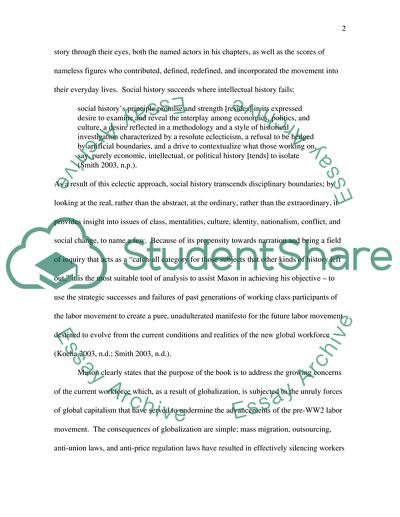Cite this document
(“Not Found (#404) - StudentShare”, n.d.)
Not Found (#404) - StudentShare. Retrieved from https://studentshare.org/human-resources/1747294-strategy
Not Found (#404) - StudentShare. Retrieved from https://studentshare.org/human-resources/1747294-strategy
(Not Found (#404) - StudentShare)
Not Found (#404) - StudentShare. https://studentshare.org/human-resources/1747294-strategy.
Not Found (#404) - StudentShare. https://studentshare.org/human-resources/1747294-strategy.
“Not Found (#404) - StudentShare”, n.d. https://studentshare.org/human-resources/1747294-strategy.


